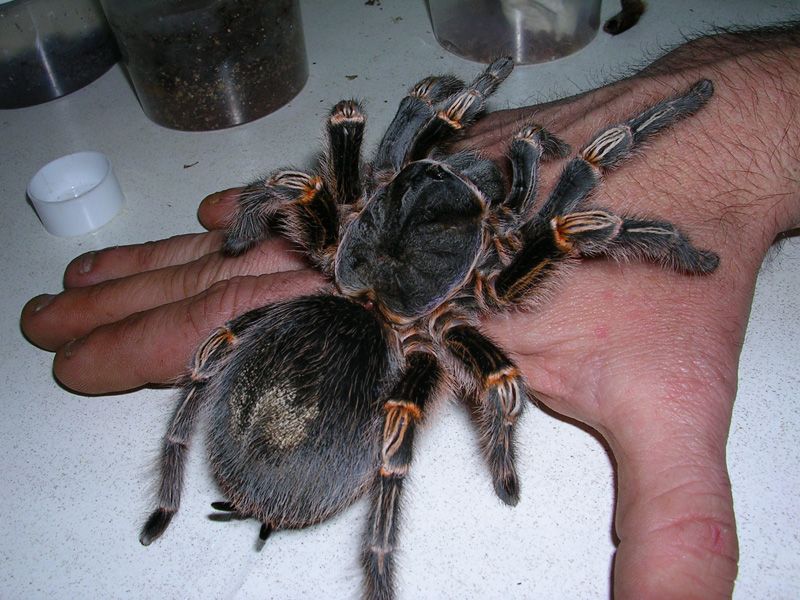- Joined
- Feb 25, 2008
- Messages
- 148
hey guys,
Got a spider labled as a PZB but they look identical to Chaco gold knees. what are the anatomical differences between the two. I'm at a loss. Thanks
Got a spider labled as a PZB but they look identical to Chaco gold knees. what are the anatomical differences between the two. I'm at a loss. Thanks





